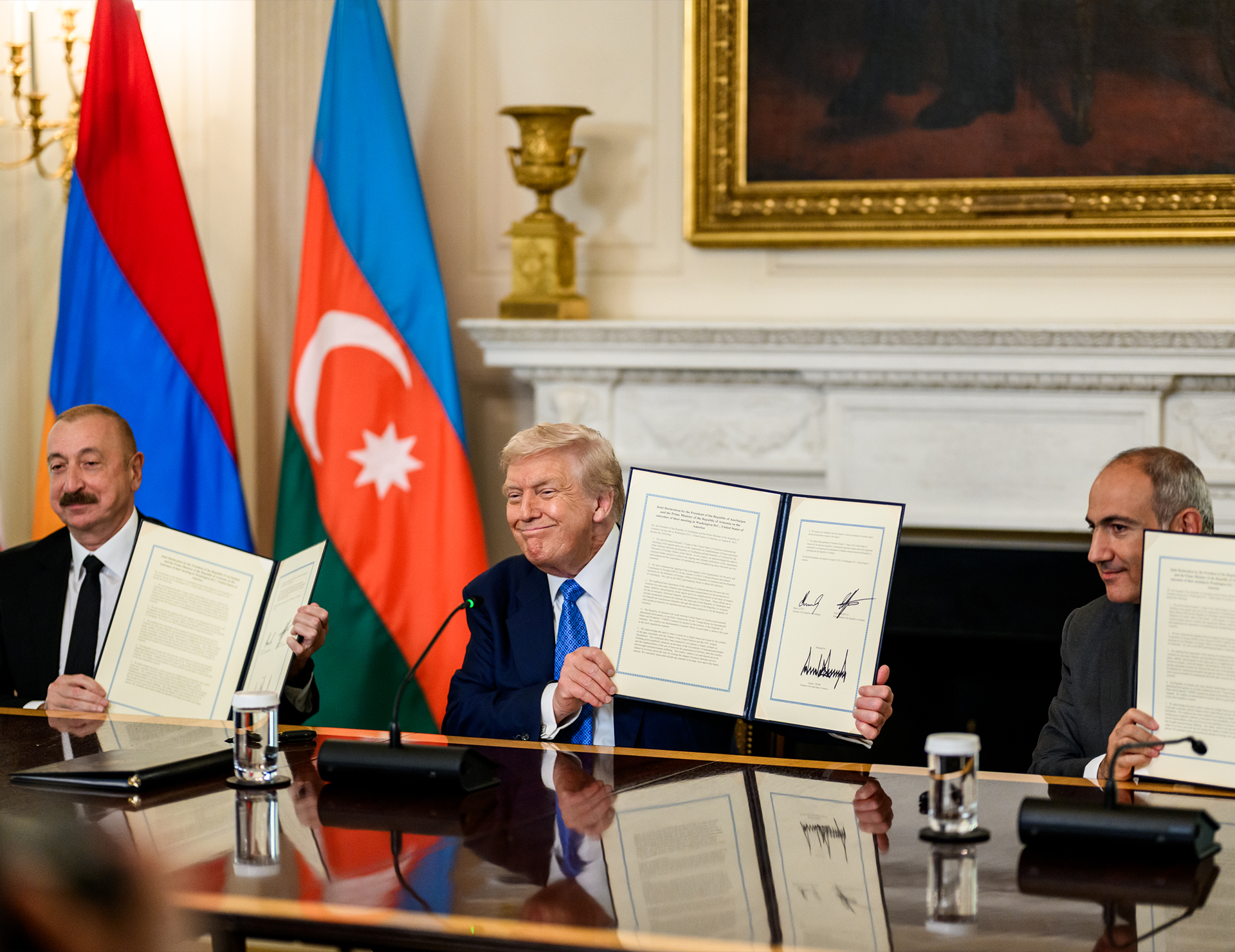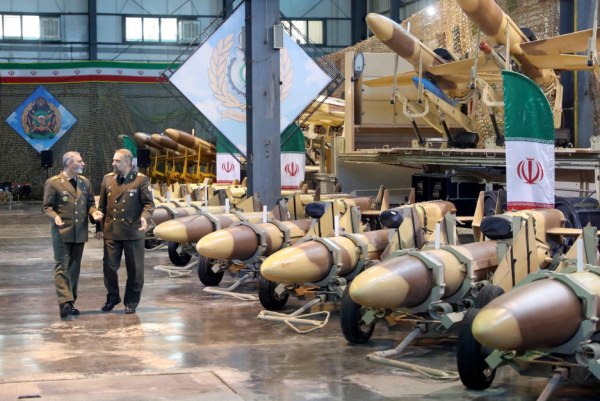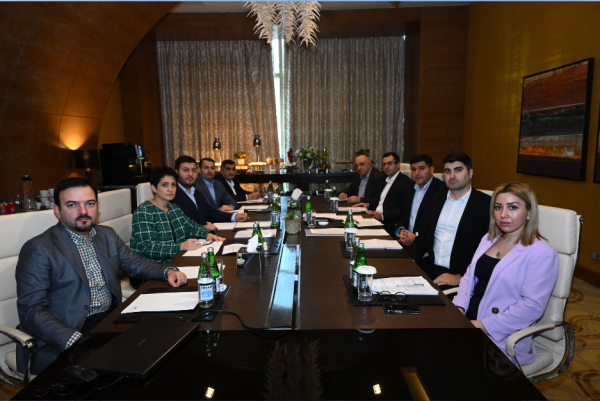A historic pivot in Armenia and Azerbaijan: the promise of peace and the road ahead

On August 8, in an unexpected yet very symbolic venue, the White House, Armenia and Azerbaijan signed a joint memorandum to show their commitment to peace and define parameters of a possible solution to the connectivity dispute in southern Zangezur. The Trump administration has been “working” on the Armenia-Azerbaijan matters ever since early March, and the White House Summit could be considered as the final product of this months-long work of US envoys, including Steve Witkoff. The US involvement comes as a surprise largely because, for more than a year now, both Armenia and Azerbaijan have declared their preference for a bilateral track over a third-party mediatorship. Whether the choice of the venue means a recalibration of the foreign policy priorities of Armenia and Azerbaijan is yet to be seen.
If to unpack the joint declaration, there is more symbolism, less substance. Three key takeaways could be observed: (1) Armenia will work with the US to construct a route for Azerbaijan’s connection with Nakhchivan and Armenia’s connection with wider trade arteries; (2) Armenia and Azerbaijan initialized the text of the peace agreement, meaning that there won’t be any changes to the text and (3) both parties declare that the current status quo is not be reversed, meaning that they take commitment to supress any revisionist approach if that is to emerge in the future.
Taken together, the heart of the process still lies in Yerevan-Baku bilateral engagement, with foreign involvement useful only insofar as it reinforces that bilateral format. The memorandum may have been signed under the White House roof, but its durability will depend on whether Armenia and Azerbaijan can sustain bilateral dialogue. In this context, U.S. support, particularly in the form of investment and infrastructure financing, could be beneficial, while avoiding the trap of outsourcing peace to external actors.
Yet, despite these promising developments, treaties or declarations on paper are merely the first step. Decades of hostility have left deep collective traumas, with mistrust entrenched in the collective consciousness of both Armenians and Azerbaijanis. Now, leaders face the task of resisting nationalist rhetoric, which could threaten to unravel the fragile progress made. In this context, economic interdependence could be a crucial stabilising factor. Joint trade initiatives with shared interests that incentivise peace will, for sure, embed stability into the daily lives of ordinary people and make cooperation more than just a diplomatic ideal.
Perhaps the greatest challenge ahead lies in dismantling the deeply entrenched mistrust that has defined Armenia-Azerbaijan relations. Hostile narratives have been propagated through education systems, media, and political discourse, which have fueled stereotypes and dehumanised the “other.” Overcoming these narratives requires a huge transformation that extends into the social fabric of both countries. Inclusive dialogues, particularly involving youth and women, must be established to create platforms where individuals can share personal experiences and humanize those on the opposing side. Such grassroots engagement is indispensable to eroding the dehumanizing perceptions that have fueled conflict for over three decades.
Educational reform is another crucial step. Curricula in both nations need to move away from ethnonationalist frameworks that glorify conflict and demonize neighbors, instead promoting critical thinking and a shared regional history that acknowledges suffering on all sides. Here, international partners and peacebuilding organizations could be involved to support locally led reforms. These educational and social initiatives, while challenging and time-consuming, are essential to laying the groundwork for sustainable peace.
Complementing all above, confidence-building measures such as joint cultural events, and exchange programs could become an element which would instil a culture of peace into societies. Artistic collaborations, music festivals, and culinary exchanges, or even joint bazars (like in Sadakhlo), could challenge long-held stereotypes and create personal connections. Such measures gradually normalize relations at the grassroots level and consequently transform mistrust.
Looking ahead, the Armenia-Azerbaijan peace process in general holds significant promise, also as a potential blueprint for international peacebuilding efforts worldwide. It could demonstrate that durable peace requires a multidimensional approach, which should involve grassroots reconciliation and cultural exchange. By addressing both the structural and social dimensions of conflict, this case could show how entrenched animosities can be overcome through inclusive participation.







